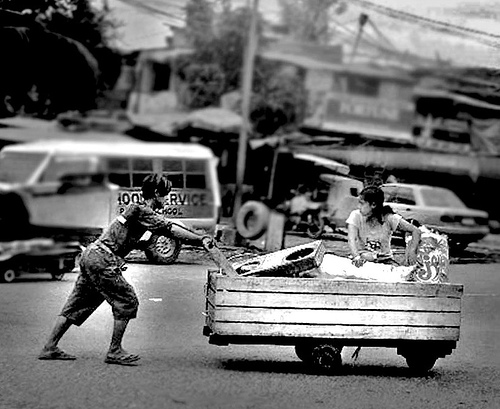Government Grants
Business Grants
Home Owner Programs
Federal Programs
About Us
Carbon dioxide fish barrier project: engineering and economic assessment
Bigheaded carps are invasive to the Great Lakes.
Currently, the prevention of bigheaded carps movement into the Great Lakes is dependent on a single electric barrier.
Other techniques and methods are being researched to help aid in deterring the movement of bigheaded carps into the Great Lakes.
One method is the use of chemical barriers to create noxious water conditions to repel carps before they reach the electric barrier.
One example of a chemical barrier is carbon dioxide gas (CO2).
The addition of CO2 to water creates an environment that is not favorable for aquatic organisms, particularly fish.
The increase in CO2 creates stress, protein degradation, and impaired oxygen transport in the carps.
The carps can detect the increase of CO2 and the unfavorable environment, which causes them to avoid areas with higher than normal CO2 concentrations.
This new cooperative agreement is an extension of Cooperative Agreement issued to the University of Wisconsin Platteville for the engineering development and design of a CO2 injection system as a non-physical barrier to control Asian carp.
With the success of the injection system in pond trials, research is continuing on larger scale field trial with installation at Kaukauna Lock #2 on the Fox River near Kaukauna, WI.
The results of the experimental investigations will further inform design of systems that efficiently inject CO2 into large bodies of water to achieve target concentrations.
Currently, the prevention of bigheaded carps movement into the Great Lakes is dependent on a single electric barrier.
Other techniques and methods are being researched to help aid in deterring the movement of bigheaded carps into the Great Lakes.
One method is the use of chemical barriers to create noxious water conditions to repel carps before they reach the electric barrier.
One example of a chemical barrier is carbon dioxide gas (CO2).
The addition of CO2 to water creates an environment that is not favorable for aquatic organisms, particularly fish.
The increase in CO2 creates stress, protein degradation, and impaired oxygen transport in the carps.
The carps can detect the increase of CO2 and the unfavorable environment, which causes them to avoid areas with higher than normal CO2 concentrations.
This new cooperative agreement is an extension of Cooperative Agreement issued to the University of Wisconsin Platteville for the engineering development and design of a CO2 injection system as a non-physical barrier to control Asian carp.
With the success of the injection system in pond trials, research is continuing on larger scale field trial with installation at Kaukauna Lock #2 on the Fox River near Kaukauna, WI.
The results of the experimental investigations will further inform design of systems that efficiently inject CO2 into large bodies of water to achieve target concentrations.
Relevant Nonprofit Program Categories
Obtain Full Opportunity Text:
Office of Elementary and Secondary Education; Overview Information; Indian Education--Professional Development Grants - 84..299B
Additional Information of Eligibility:
Eligible Applicants: Eligible applicants for this program are institutions of higher education, including Indian institutions of higher education; State educational agencies (SEAs) or local educational agencies (LEAs) in consortium with an institution of higher education; Indian tribes or organizations in consortium with an institution of higher education; and Department of the Interior/Bureau of Indian Education-funded schools in consortium with an institution of higher education.
LEAs include charter schools that are considered LEAs under State law.
Full Opportunity Web Address:
http://edocket.access.gpo.gov/2009/pdf/E9-30201.pdf
Contact:
Agency Email Description:
Grant Specialist
Agency Email:
Date Posted:
2019-02-14
Application Due Date:
Archive Date:
2019-03-23
Social Entrepreneurship
Spotlight
New Study Finds Social Enterprises Help Support 2.5M Poor Filipinos

A latest study, called ‚ÄúPoverty Reduction and Women Economic Leadership: Roles, Potentials and Challenges of Social Enterprises in Developing Countries in Asia,‚ÄĚ which covers countries like¬†Bangladesh, Indonesia, and the Philippines,¬†about 2.5 million Filipinos are covered by social enterprises in the Philippines.
